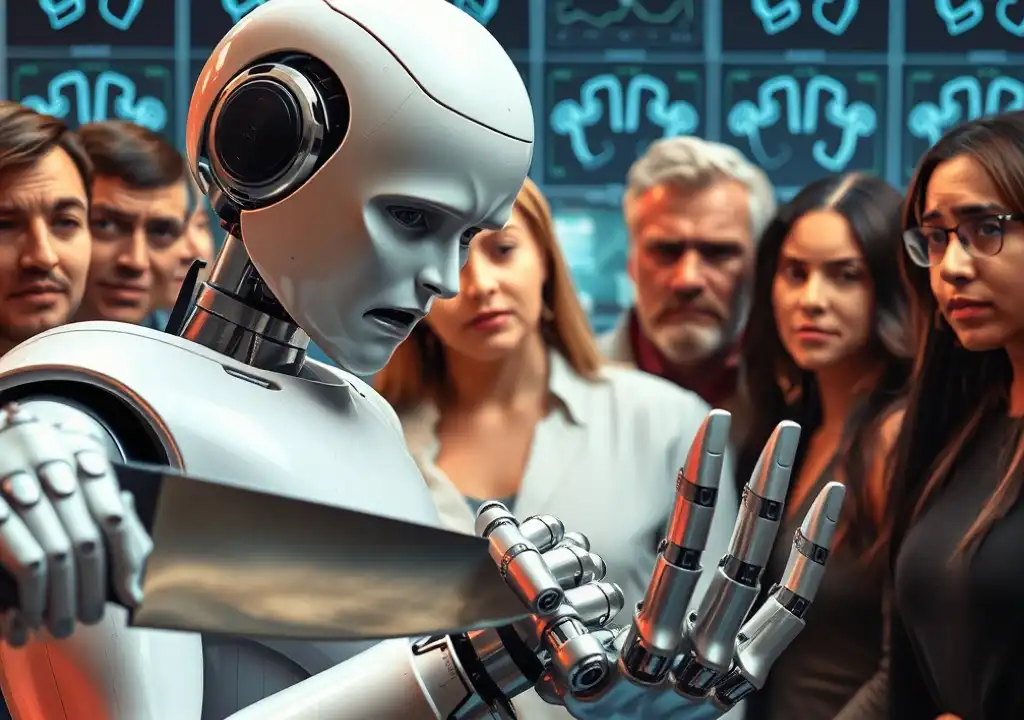Japanese scientists uncover human empathy for robots in distress
A group of researchers in Japan has discovered that people can feel empathetic toward humanoid robots, much like they do with fellow humans.
In the study, scientists recorded brain activity in 15 adult participants as they viewed a series of images depicting either a human or robotic hand in scenarios involving pain (such as being cut by a knife) or neutral situations.
Researchers from Toyohashi University of Technology and Kyoto University found that participants exhibited similar, albeit slightly less intense, empathetic responses when viewing a robot in pain compared to a human.
The scientists attributed the weaker reaction to humans’ difficulty in adopting a robot’s perspective.
“This suggests we may only empathize with robots once we view them as similar to living beings,” noted Noel Sharkey, emeritus professor of AI and robotics at the University of Sheffield. “It’s a crucial first step in understanding how we emotionally connect to non-living entities.”
The study reinforces earlier findings but differs by using electroencephalography (EEG) to track brain activity, offering fresh insight into how humans emotionally respond to robots.
Human-Like Features Matter
Dr. Matthew Howard, a robotics lecturer at King’s College London, explained that one reason for designing humanoid robots is to increase user relatability.
“When a robot’s behavior feels natural, people can anticipate its actions better, which enhances safety,” Howard said.
This particular study only used static images, something Howard believes could evolve in future experiments. “It would be valuable to observe reactions to robot movements,” he added. “Motion could amplify participants’ emotional responses.”
A Promising Start, But More Research Needed
While the results are seen as significant, other experts caution that the findings are still limited.
“As robots enter homes, ensuring people feel at ease around them is key,” said Richard Walker from the UK-based Shadow Robotics, which is currently developing assistive robots for seniors and individuals with dementia.
“This is particularly complex for users with cognitive challenges,” he said. “Research like this could guide us in creating more socially intuitive robots.”
Other studies have shown that realistic robot appearances and pain-like reactions heighten human empathy.
Howard suggested another line of research: programming robots to react differently to painful stimuli and measuring changes in human response.
Interestingly, the study did not compare reactions to robots with those toward other inanimate objects.
“That distinction is vital,” said Sharkey. “For instance, how would people feel if they witnessed something like a Teddy Bear being decapitated?”

